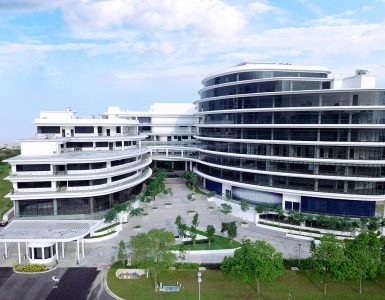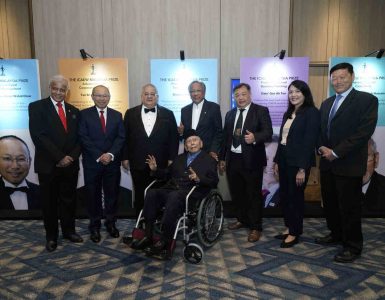With about 350,000 Malaysians working in Singapore now according to the Malaysian Human Resource Ministry, and probably millions of Malaysians who have ever worked in Singapore, many Malaysians may still have Central Provident Fund (CPF) accounts in Singapore.
On a regular basis, the CPF Board takes out full-page advertisements in the Singapore newspapers with hundreds of CPF account holders’ names, who cannot be located, as their addresses are no longer valid.
I believe many of these ‘lost” CPF members, may be Malaysians, who have left Singapore, or have died, without updating their addresses.
Due to a recent CPF policy change, Malaysians need to know that any CPF that they can withdraw, such as when they cross 55 years old, which they decide not to for whatever reasons, such as the appreciating Singapore dollar to the Ringgit, higher interest of 2.5 per cent in CPF against lower bank deposits’ interest rates, etc, may be stuck forever, when they want to withdraw later.
This CPF policy change was literally discovered by accident, when a retiree wrote to the New Paper in Singapore and his story was reported in the article ‘Why do it without my permission?’ (New Paper, Jul 17).
Ordinary Account transfer to Medisave Account?
It states that “(Jerry Low, age 58) a retired bank trader got a surprise when the CPF Board transferred S$10,000 (RM24,600) into his Medisave Account (MA) without his permission, after he applied to withdraw S$37,000 (RM91,200) from his Ordinary Account (OA) in June this year.
Mr Low had chosen to not withdraw all his money from his OA when he turned 55.
He opted for a partial withdrawal, leaving some money in his OA as the CPF interest rate of 2.5 per cent was higher than what the banks were offering.
He could do this as his Medisave Account and Retirement Account (RA) had the required amount.
Since 2008, Mr Low had used his Medisave to pay for some medical expenses, whittling away his Medisave Required Amount (MRA), which was S$14,000 (RM34,500) as of Jan 1, 2008.
However, the required amount was raised to S$27,500 (RM67,768) as of Jan 1 this year.”
Another CPF change nobody knows?
This is not the first time that CPF policies have been changed without anyone knowing about it – no announcement in Singapore’s Parliament or the media.
For example, the change in the CPF Minimum Sum (MS) property pledge rule at age 55, was changed such that it no longer helps you to withdraw more money at 55, but only to be pledged automatically against any shortfall in the MS, which is currently at S$131,000 (RM323,000).
Therefore, if one does not want what happened to Mr Jerry Low, to happen to him or her, any CPF funds that can be withdrawn at 55, should not be left with CPF. Otherwise, as the MRA is raised annually in the future, the OA moneys left at 55 may automatically be transferred to the Medisave account to make up any MRA shortfall.
Since the MRA was increased by S$5,000 (RM12,300) this year, from S$22,500 (RM55,500) to S$27,500 (RM67,768), if this rate of increase continues, the OA moneys which in the past can be withdrawn at any time after age 55, may gradually be eroded as a non cashable asset – kind of like more and more money that may be stuck in your CPF that you may only be able to use when you are sick.
Note: the CPF Medisave Account can be used for medical treatment in approved hospitals in Malaysia, hospitalisation and certain out-patient treatment for chronic illnesses in Singapore, or to pay the premiums on CPF approved medical insurance schemes which only cover treatment in Singapore.












